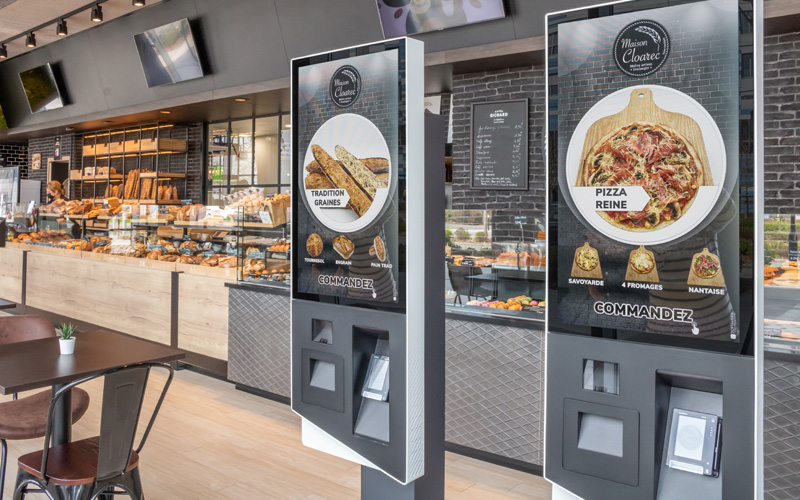Over the past couple of decades, consumers have been given an ever-growing smorgasbord of choices for how and where they make purchases.
Much of the innovation has been spearheaded online. Whether you want to buy a new outfit or a new automobile, do your weekly grocery shopping or order takeout, you can buy from your laptop as you work, from your cell phone on the move, you can even tell a smart assistant like Amazon Alexa what you want without having to touch a thing.
Websites, apps, marketplaces like Amazon, delivery aggregators like Uber Eats, Facebook, Instagram, Google – people can buy from them all. Businesses increasingly feel the need to have fingers in all these pies to be able to reach people as and when they want to buy. We call this multichannel commerce.
But let’s not forget something important here – people still like to go into stores and restaurants. After the Great American Re-Opening of summer 2021, not only were in-store sales in categories like apparel and health & beauty significantly higher than online sales, they were up on pre-pandemic levels, too. Three quarters of grocery sales still come in store.
Yet one thing that physical store and restaurant owners are realising is that customers are carrying over their expectations from buying online into in-person purchasing. Namely, they like choice, they like flexibility, they like rapid, efficient, personalized service.
To meet these demands, businesses are having to respond with new approaches to how they serve and sell to customers on premise. Enter multichannel POS.
Increasing the options
The traditional POS model that involves having cashier desks in fixed positions could be described as one-dimensional. In retail and fast food settings, customers are expected to go to these fixed points to complete their purchases. They often have to queue for the privilege.
In restaurants providing table service, it’s up to the waiting staff to go back and forth from table to POS to input food orders, total up the check, process the payment etc. That’s a lot of time spent in transit between the POS and the customer just to provide basic services.
Multichannel POS is all about breaking out of this one-dimensional model in a way that gives your customers more options and increases efficiency. Mobile POS (mPOS), for example, uses tablets so you can take POS to the customer – sales clerks in store can serve people there and then as they browse, they can bust queues before they build up, and waiting staff in restaurants can input orders, tally up a check and take payment right there at the table.
Self-service kiosks, on the other hand, give customers the option to avoid having to wait for human assistance at all, empowering them to place orders and make purchases directly themselves. From self-checkout in grocery stores to placing orders in QSR, kiosks have been shown to reduce wait times and increase customer satisfaction.
Traditional sales points, service on the move, handing more control over to customers – that’s POS in three dimensions rather than one.




